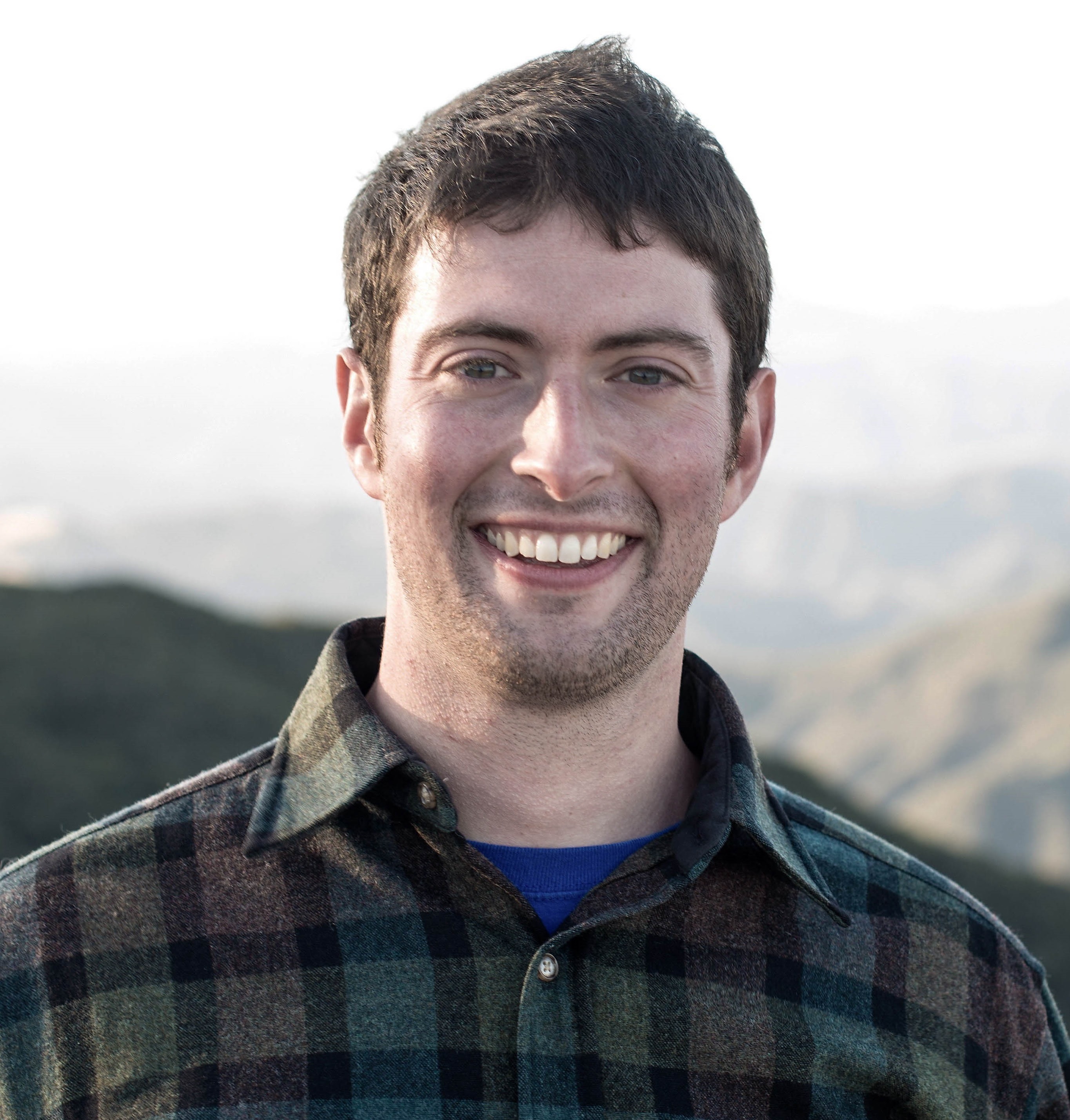Research
Working Papers
“The Economics of Forest Fuel Removals on Federal Lands” (with David Wear and Emily Joiner)
- Despite large recent investments by Congress, the costs of fuel removal and forest restoration needs in the western United States dramatically exceed available funding. Engaging the private sector may provide a means for enhancing the pace and scale of fuel removals to reduce wildfire hazard, but thus far this strategy—which has typically focused on increasing demand for small-diameter fuels—has not been broadly successful. To assess the economics of fuel treatments in the western United States, we develop a spatially explicit model of the revenues and costs of fuel removal in Idaho and Montana, under a variety of treatment scenarios. We find that fuel treatment sales would not be economically feasible across most of the study region unless prices of small-diameter material were to rise significantly, potentially via subsidies or another policy. Nevertheless, under current market conditions, bundling small amounts of sawtimber harvest with treatments is capable of dramatically expanding treatable area. Such an approach is a promising path to reducing fire hazard on public lands; however, a different approach will be necessary to encourage fuel removal on private lands, which make up a disproportionate share of forested lands near communities
” How Local Are the Local Economic Impacts of Wildfires?” (with Margaret Walls)
- As large and damaging wildfires have increased in frequency in the western United States, the consequences of these events for local economies remain largely unknown. Studies of the effects of natural disasters on local economic growth have yielded mixed results, and few have examined wildfires—especially large and damaging wildfires. We investigate the local economic impacts of wildfires in the western United States using two empirical approaches, which rely on public county-level economic data and administrative-establishment-level data, respectively. Comparing findings with these two data sources allows us to investigate how local the local economic effects of wildfires are. We find no significant short- or long-run effects of major wildfires on county-level employment growth. However, when we analyze results closer to the actual fire locations, we find that job growth in the year of the fire declines by 1.3 percentage points, but rebounds after that with no significant long-run effect. When analyzed by industry, both approaches show a boost in employment growth in the construction sector, but the results for other sectors have some important differences.
“Non-Market Damages of Wildfire Smoke: Evidence from Administrative Recreation Data”(with Jacob Gellman and Margaret Walls)
- Wildfire smoke pollution is growing in the western United States. Estimates of the health impacts of wildfire smoke are numerous, but there are few revealed preference estimates for the damages of smoke. In this paper we study a setting where individuals are directly exposed to wildfire smoke and where avoidance behavior is measured with high frequency: outdoor recreation. We combine millions of administrative campground reservation records with satellite data on wildfire, smoke, and air pollution. These data are rich among most studies of recreation, with nearly 1,000 campgrounds and detailed individual-level observations. The data allow us to model sequential recreation decisions under evolving information using a novel control function approach. We estimate that wildfire smoke reduces welfare by $107 per person per trip. Damages are larger when campgrounds are affected by consecutive days of smoke, and are attenuated when smoke events are sufficiently far from active fires. In total, 21.5 million outdoor recreation visits in the western United States are affected by wildfire smoke every year, with annual welfare losses of approximately $2.3 billion. These findings contribute to a growing body of evidence on the costs of wildfire smoke.
Works in Progress
“Sorting Over Wildfire Risk” (with Connor Lennon, Lala Ma, and Margaret Walls)
“Land Use Specifications Influence Carbon Sink Estimates” (with David Wear)
“Effects of Unobserved Heterogeneity in Land Use Returns in Discrete Choice Land Use Models” (with David Wear)
“A Dynamic Model of Land Use Change in the US: Implications for Carbon Policy” (with Ben Leard and David Wear)
Published Works
